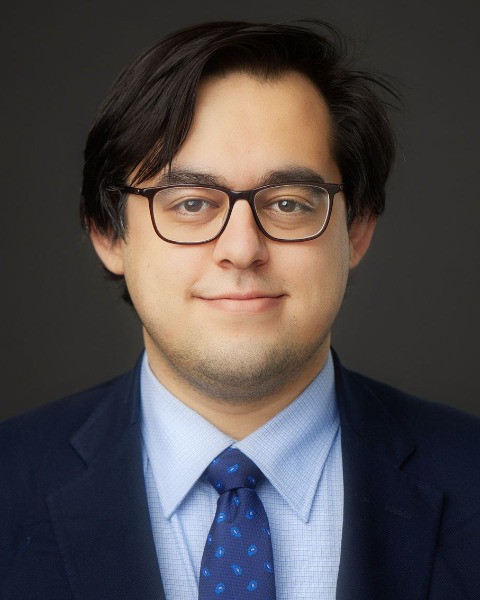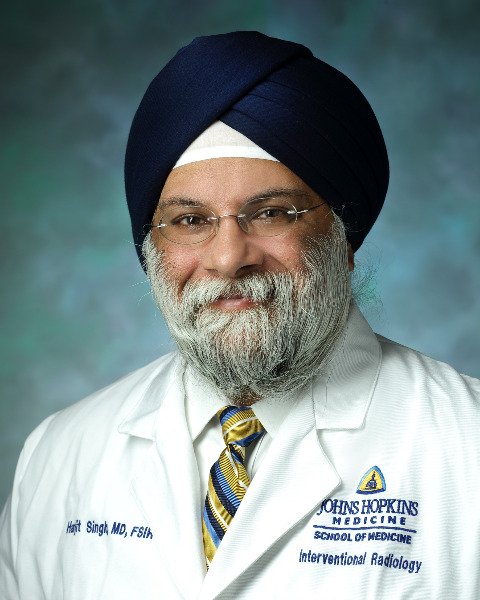SIR 2025
Gastrointestinal Interventions
Scientific Session
Safety and Feasibility of a Novel Low-Profile Optical Coherence Tomography Probe for Visualizing the Biliary System and Characterizing Biliary Strictures: Initial Results from a First-in-Human Study

Mohammad Mirza-Aghazadeh-Attari, MD, MPH
Postdoctoral Research Fellow
Johns Hopkins University, United States- HP
Hyeoncheol Park, PhD
Research Associate
Johns Hopkins University, United States - CL
Cheng-Yu Lee, PhD
Postdoctoral Research Fellow
Johns Hopkins University, United States - XL
Xingde Li, PhD
Professor of Biomedical Engineering, Electrical and Computer Engineering and Oncology
Johns Hopkins University, United States 
Harjit Singh, MD, FSIR
Professor of Radiology and Radiological Science
Johns Hopkins Hospital, United States
Presenting Author(s)
Author/Co-author(s)
To demonstrate the feasibility of obtaining OCT imaging from the biliary system using a novel low-profile OCT probe.
Materials and Methods: A total of six patients were included in this trial. Inclusion criteria consisted of patients with indwelling biliary tubes with histologic proof of their underlying pathology for both benign and malignant causes of biliary pathology. Patient data were retrieved from an electronic medical documentation system, and procedural details such as procedure time and radiation dose metrics were recorded intraoperatively. An 800-nm spectral-domain OCT (SD-OCT) platform was developed for imaging in vivo biliary systems and had previously demonstrated efficacy in animal models. The set consists of a linear-k spectrometer of 2K pixels, which can accommodate a spectrum bandwidth of approximately 250 nm centered around 800 nm and offers an imaging depth of approximately 1.2 mm in the vertical plane. Catheter rotation speed up to 20 frames per second is performed by using broadband fiber-optics rotary joint, while the probe is protected by a plastic sheet. 3D imaging was achieved by pulling back the circumferentially rotating catheter, with a pullback speed of 0.4 mm/s (corresponding to an image-image pitch of about 20 µm). 2D OCT images were generated intra-operatively, and 3D volumetric analysis was performed post-procedurally.
Results:
Four males and two females were included in the study. Patient characteristics and procedural details are presented in Table1. The median age of patients was 70 years (Q1=38, Q3=74, Int Range = 36). Four patients had biliary obstruction due to benign inflammatory causes, while two patients had malignant biliary obstruction. The OCT study was done concomitantly with routine clinical care during minimally invasive biliary interventions under fluoroscopy guidance. All patients were moderately sedated. The mean and median procedure time were 76.5, and 75 minutes, respectively (Range 34min-118mins). The mean and median added time due to OCT imaging was 8.8 and 9 minutes, respectively (Range 6-12), with minimal addition to total procedure time. Obtaining OCT imaging was successful in all 6 cases, with none of the patients reporting any complications afterward, or in 2 weeks follow-up.
Conclusion:
Our results indicate that our proposed catheter is safe in human subjects, is not associated with major or minor complications in clinical settings, is feasible in different clinical scenarios, and has a high degree of technical success rate.


.jpg)